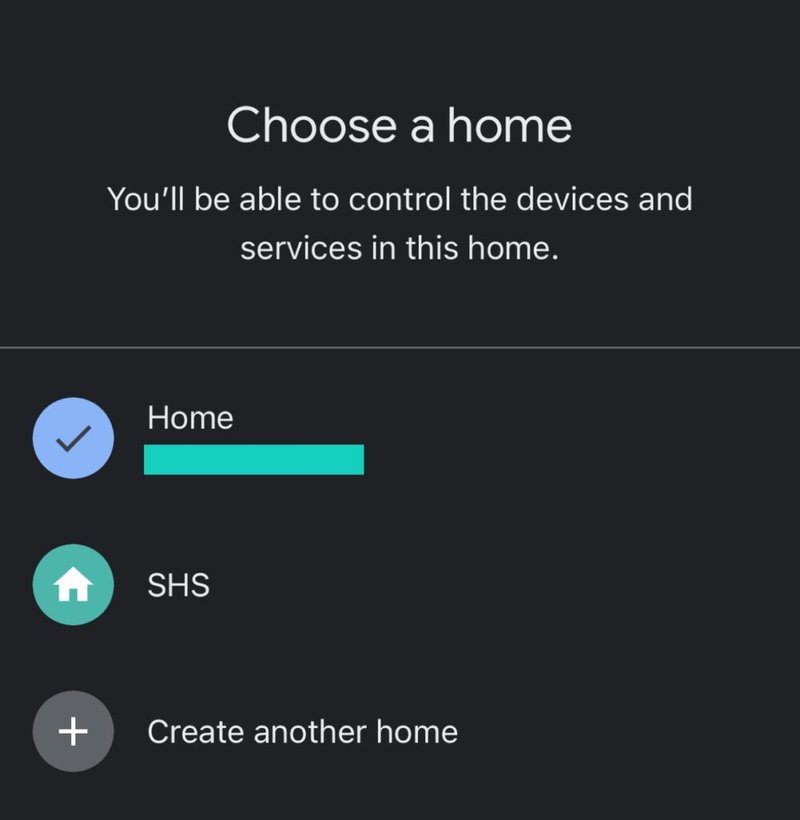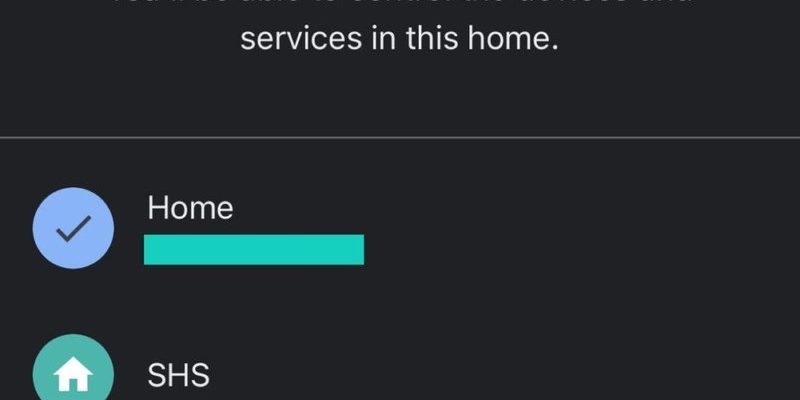
The Nest line of smart home devices—like thermostats, security cameras, and doorbells—has a reputation for ease of use and reliable support. But warranties have rules, and this one’s no exception. Let’s take a coffee break together and untangle what really happens to a Nest warranty when the device changes hands. Spoiler: it’s a bit more complicated than just plugging in and powering on.
Understanding the Basics of Nest Device Warranties
When you buy a Nest device, it typically comes with a manufacturer’s warranty. For Google Nest products, that usually means a one- or two-year limited warranty covering defects in materials and workmanship. Think of it as a safety net if your device’s battery dies early, or the internal parts fail unexpectedly.
But here’s the thing: warranties are usually designed for the original purchaser. It’s like buying a concert ticket—you and you alone get the guaranteed show experience. The paperwork and proof of purchase matter. If you lose the receipt or pass the device to someone else, things can get fuzzy.
For Nest gadgets, warranty coverage often ties back to the original buyer’s account and purchase details. This means that transferring the warranty might not be as straightforward as handing over the device along with a quick “good luck!” You have to think about how Google tracks the warranty status and ownership.
Can You Transfer Warranty Coverage to a New Owner?
Okay, let’s get to the heart of the matter. The direct answer is: **Google Nest warranties are generally non-transferable.** In plain English, that means the warranty usually stays with the first person or household that purchased the device. If you sell your Nest thermostat, the new homeowner usually doesn’t automatically get the benefit of the original warranty.
Why? For starters, the warranty is linked to the original purchase invoice and registered account. Google uses this info to confirm warranty eligibility during troubleshooting or repairs. Without proof of purchase in the new owner’s name, Google is unlikely to honor a claim.
Still, don’t lose hope just yet. There are ways to make things smoother, especially if you want to pass on your Nest device with less hassle.
How to Prepare Your Nest Device for a New Owner
Before you hand over the reins to someone else, you want to make sure your Nest device is “clean” and ready. Here’s what you should do:
- Factory Reset the Device: This wipes your settings and unlinks it from your Google account. Otherwise, the new owner might get stuck trying to sync or pair the device to their own account.
- Provide Proof of Purchase: If you still have the original receipt, include it with the sale. It’s the golden ticket for warranty support, even if the transfer isn’t official.
- Give Clear Instructions: The new owner should know how to set up, reset, and troubleshoot the device. It avoids frustration down the line.
Let me explain why the reset is a big deal. Nest devices are smart, yes, but they are also tightly linked to user accounts for security reasons. Without resetting, your data and the warranty could be tied up in limbo.
What Happens If There’s a Problem After You Sell It?
Imagine the new homeowner finds the Nest camera won’t turn on or the thermostat stops responding. Who do they call? Since the warranty isn’t easily transferable, Google support might redirect them back to the original buyer.
Here’s the tricky part: Google’s warranty support often requests the original proof of purchase. Without that, troubleshooting and repairs might mean out-of-pocket costs. Plus, if the device was registered under your account, the new owner can’t easily get access to warranty services.
That’s why, in real life, many new owners either:
- Contact the seller to handle support issues.
- Decide to buy a replacement device with its own fresh warranty.
- Try to work around minor issues with online troubleshooting guides.
Honestly, transferring a smart home device warranty is less seamless than handing over a book or a coffee mug.
Possible Exceptions and Workarounds
Now, don’t think it’s all doom and gloom. Sometimes there are exceptions or clever workarounds:
- Authorized Resellers: If the device was bought from an official retailer, some of them may offer warranty transfer options, or extended service plans that include transfers.
- Gifted Devices: Google’s warranty terms sometimes accommodate gifts, as long as the new user can provide proof of purchase or register the device promptly.
- Google Account Changes: By factory resetting and letting the new owner register with their account, the device’s usage history resets, though warranty status usually stays tied to the original purchase date.
Think of it like a car’s registration—ownership can change hands, but the built-in warranty coverage may not come along unless there are special policies.
Comparing Nest Warranty to Other Smart Home Brands
You might be wondering if other brands handle warranty transfers differently. The honest truth is, it varies widely.
Brands like Ring, Arlo, or ecobee often have similar policies—warranties stay with the original buyer. But some companies offer extended protection plans or transfer options that can be purchased separately.
Here’s a quick breakdown:
| Brand | Warranty Transferability | Typical Warranty Length |
|---|---|---|
| Google Nest | Generally Non-Transferable | 1-2 Years |
| Ring | Usually Non-Transferable | 1 Year |
| ecobee | Varies; Some Transfer Allowed via Account Update | 3 Years |
| Arlo | Non-Transferable, but Extended Plans Available | 1 Year |
So, if warranty transfer is important to you, it’s worth checking each brand’s policy before buying or selling.
Why Warranty Transfer Matters for Smart Home Devices
Why does this even matter? Well, smart home devices aren’t your average gadgets. They’re often linked with your network, personal settings, and security. Warranty coverage means you’re protected against faulty hardware—something you definitely want if your Nest thermostat suddenly stops working in the middle of winter.
For new owners, a valid warranty reduces the risk of surprise repair costs. Without it, troubleshooting can quickly become frustrating, especially if they’re not tech-savvy.
Plus, smart devices often require syncing, pairing, and sometimes even firmware updates to keep working well. Without manufacturer support, new owners are stuck playing detective on their own.
Final Thoughts: Can You Transfer Warranty On A Nest Smart Home Devices To A New Owner?
So, here’s the bottom line: Google Nest warranties are mostly non-transferable to new owners. That means if you sell or gift your Nest devices, the warranty usually stays with you, the original buyer.
But don’t let that scare you off. You can still prepare your devices properly—factory reset, gather receipts, and share clear setup instructions. This helps the new owner get started smoothly, even without official warranty coverage.
If warranty transfer is a dealbreaker, consider the device’s warranty policies upfront or look into warranty extensions or support plans from authorized sellers.
In the end, a smart home device isn’t just about hardware—it’s tied closely to accounts, settings, and support. Treat the warranty like a VIP pass that’s hard to hand off, and you’ll avoid headaches for everyone involved. Just like a well-brewed cup of coffee, a little preparation makes all the difference.
